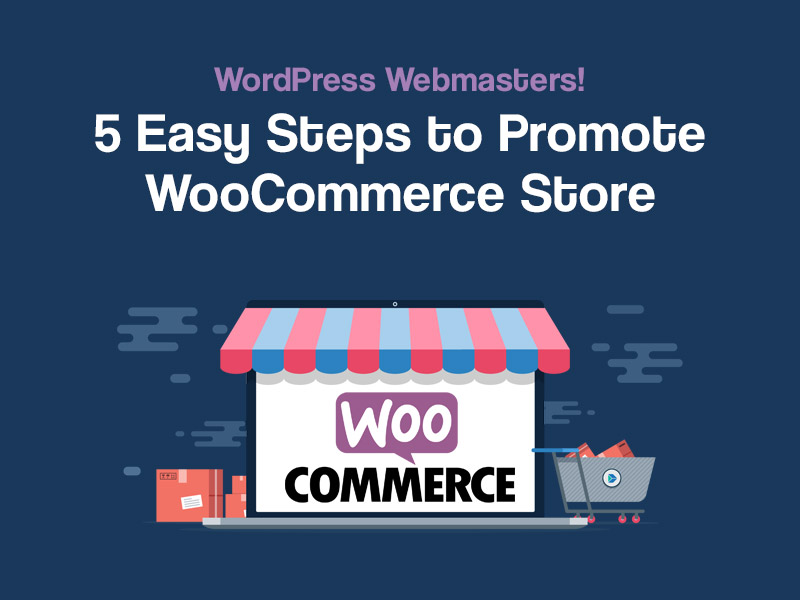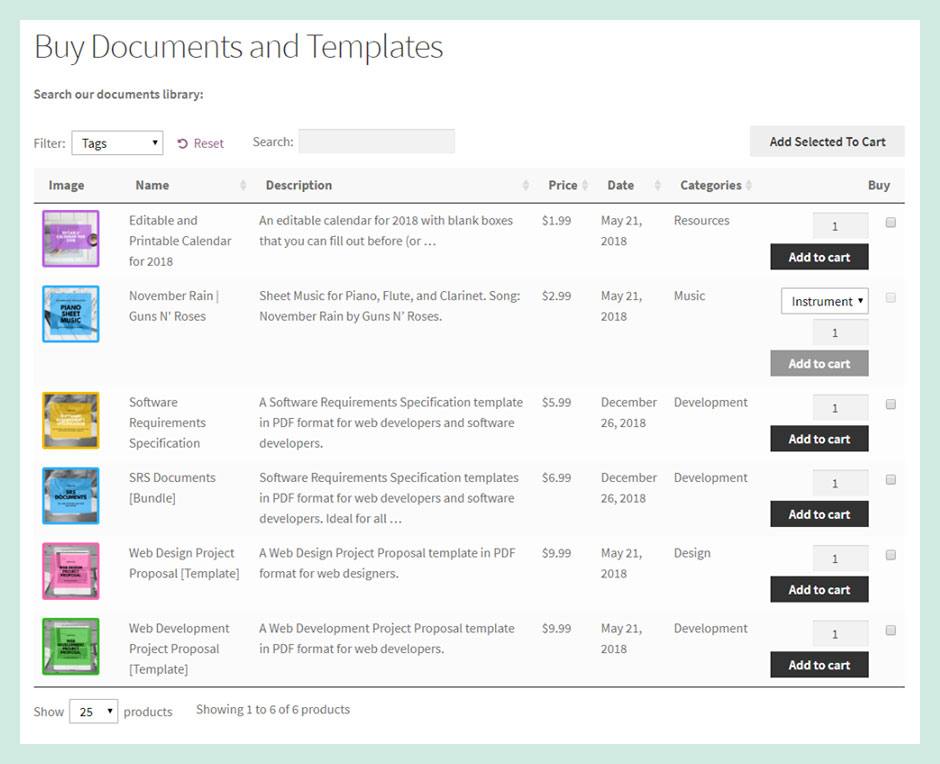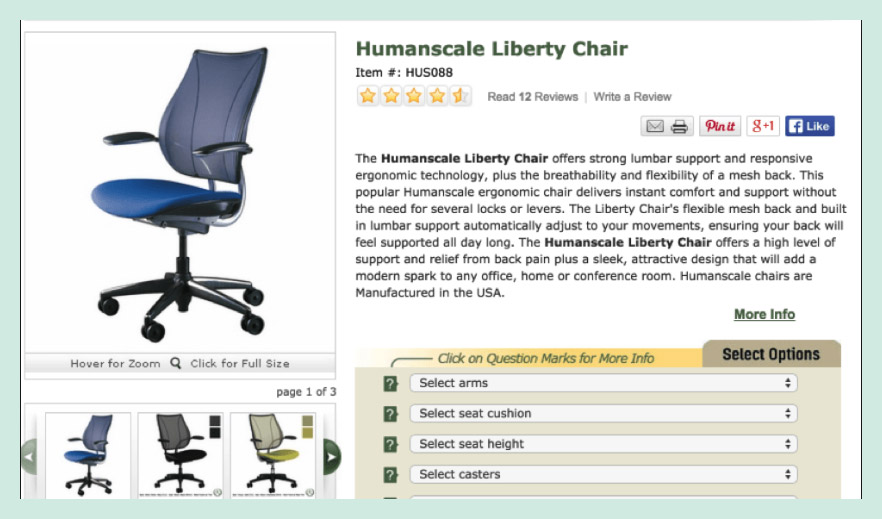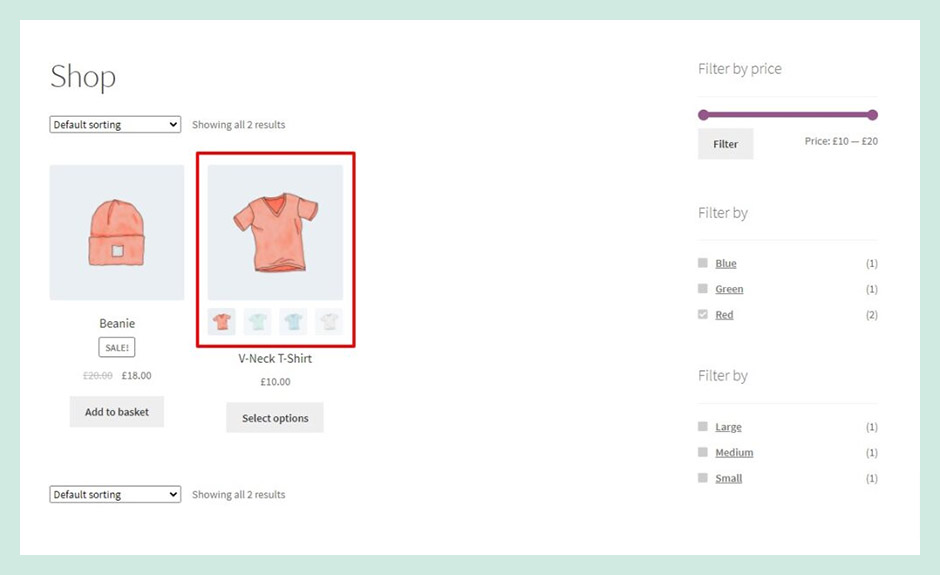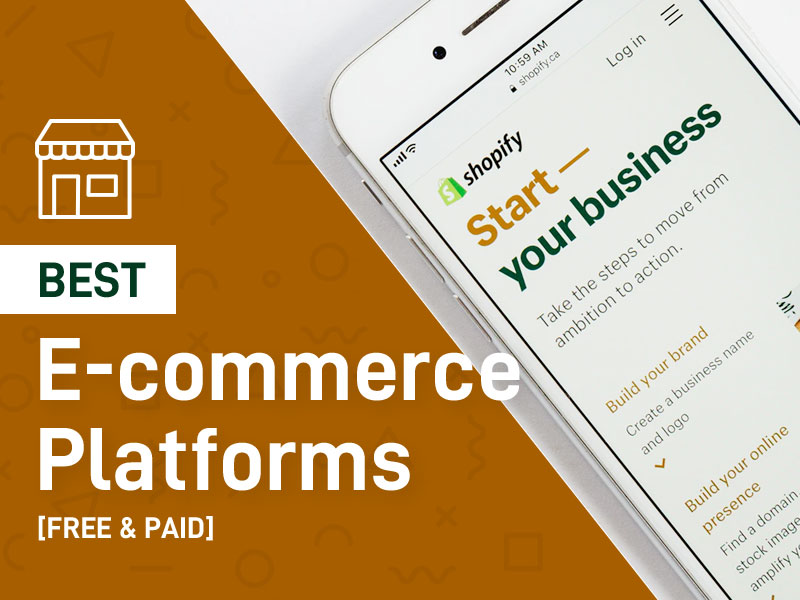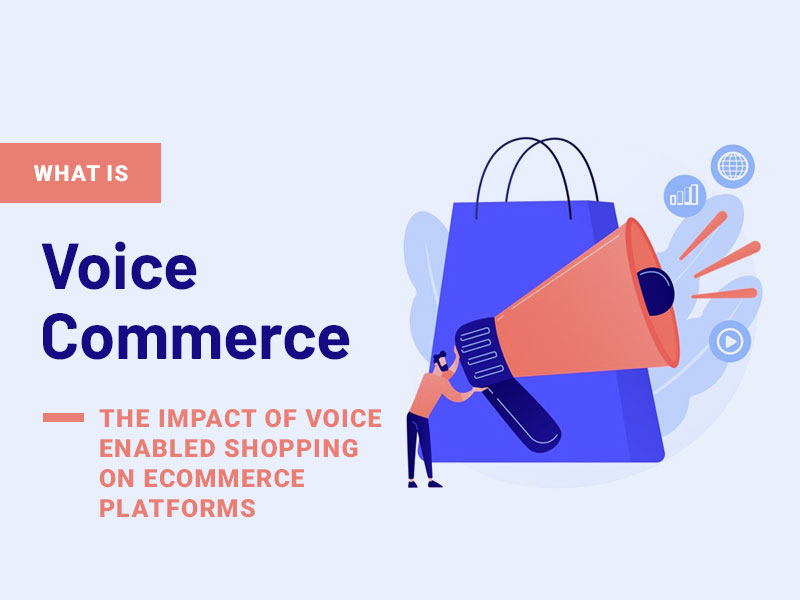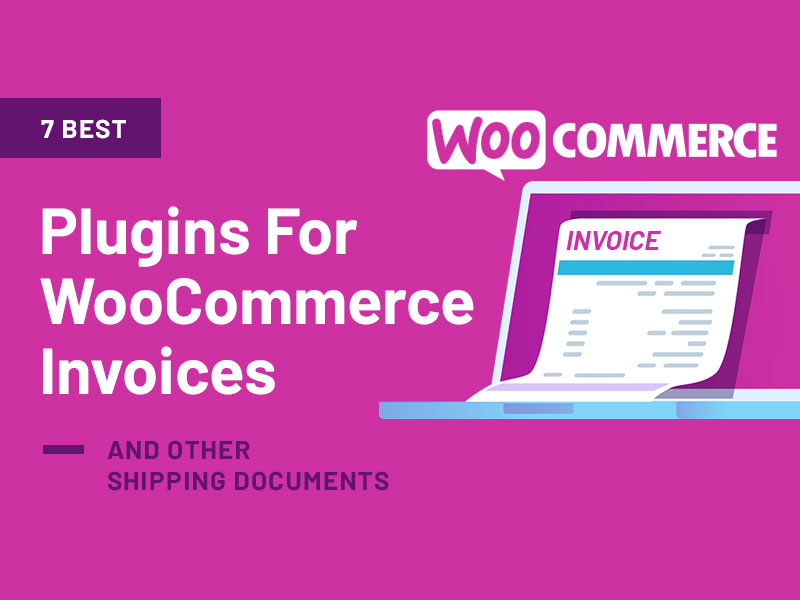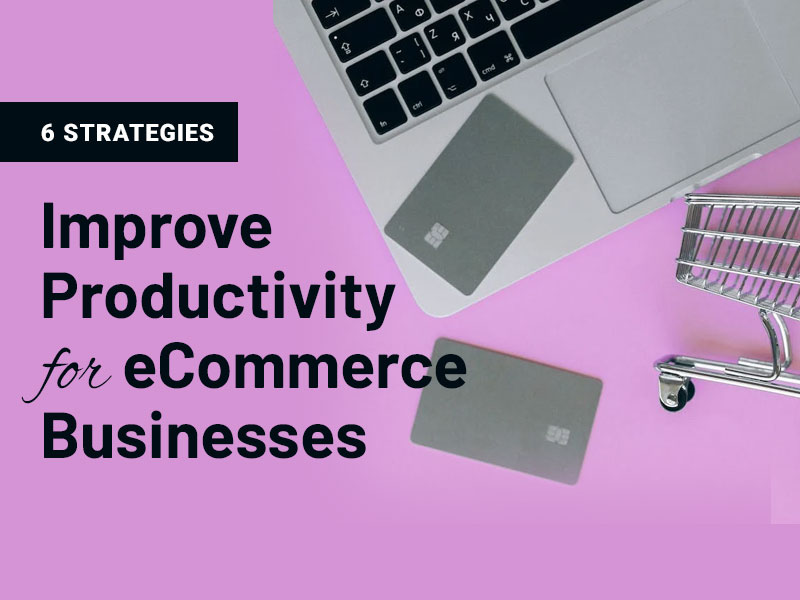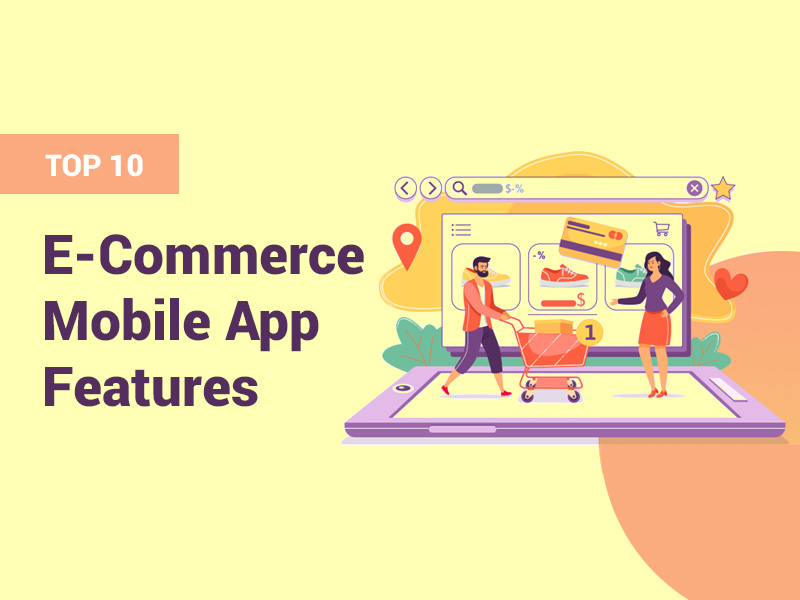Powering more than 28.19% of all online stores, WooCommerce is a popular open-source and fully customizable e-commerce platform built on WordPress.
Owing to its ease of use and availability of features built for small/medium-size businesses, many e-commerce store owners are migrating from Drupal to WordPress to leverage WooCommerce benefits.
If you are a WordPress webmaster who already owns a WooCommerce store, here is what you need to do to promote your store.
1. Make the user experience a top priority.
If you look at the statistics, once a visitor lands on your website, 60% of them will abandon your site if they are unable to find what they were looking for.
So, it becomes crucial that you maintain a neat and organized site to make it easy for your customers to find what they came looking for. Hence, you might want to aim for clear, simple, and easy navigation.
Honestly, the default WooCommerce layout works just fine for most products if you are selling products with lots of options, such as a restaurant order form or wholesale products, or fewer visual products such as smartphones and laptops. That said, you should still design a product table layout for better clarity and ease of navigation.
If you use the WooCommerce Product Table plugin, it will automatically arrange your product info in a front-end table layout.
It helps you to present vital product info for all of your products on one page, simplifying your store’s user flow and boosting your conversion rate.
2. Focus on speed
When you are running an e-commerce store, speed is money. The slower your site loads, the poorer the shopping experience. Thus, you will be losing out on potential buyers.
A recent study found that 37% of visitors bounce if a website takes five seconds to load. And 70% of consumers say site speed influences their buying decisions.
To optimize your WooCommerce site for speed, you can:
- a. Get a fast WooCommerce theme: Though you may select a beautiful theme with great built-in features, it will be of no use if it’s not fully compatible with WooCommerce.
WooCommerce themes such as Storefront, Astra, Divi, and oceanWP, are excellent choices. If your budget is low, you can start with a free theme like Storefront and upgrade later.
While selecting your theme, you will want to list down the features you want in your store and choose the theme that covers most of the features.
- b. Cut down on plugin use: WordPress has more than 54,000 free plugins in its repository. But it doesn’t mean you will have to use as many plugins as possible.
Many security and performance-related plugins do not function well in some hosting environments. Also, ensure that the plugins are built using proper coding practices.
Also, some plugins tend to create conflicts with other plugins. Unless you are sure you can vet the plugins you install for quality, you can take the help of online resources to choose the right plugin for your site.
- c. Optimize image: Not optimizing images for size and delivery will make your website slow. Make sure to select the right image format (JPEG, PNG, SVG, WebP), compress them using the right tools, use responsive images, lazy-load hidden and offscreen images, and offload image delivery to fast CDNs.
3. Create engaging, concise, and precise product descriptions
The best product descriptions are able to create an immediate impression. It should communicate value, make people excited, and turn people from visitors to customers right away. But don’t mislead your visitors. It will have a negative impact on your brand down the road.
Come up with product descriptions that are engaging, concise, and precise. Also, add important keywords. It will rank the page well in search engine rankings.
While crafting your product description, ask yourself who is going to use the product, for what purpose will the product be used, how it works, what makes it stand out, and why people should buy the product.
Apart from that, your product descriptions should speak to your target audience, bridge the gap that exists between features and benefits, use more verbs, avoid jargon unless you are communicating to sophisticated buyers, and use words that your ideal customers speak.
4. Use top-quality images.
Since humans are visual, when you add high-quality images, they will be able to decide better. And because your customers are shopping virtually, they can’t touch or try on your products like they do in brick-and-mortar stores.
The best product image size for WooCommerce will largely depend on the theme you have chosen and whether you have implemented an image zoom plugin or not.
In case your product is simple, like a plain t-shirt, it will be okay to use an 800 – 1000px wide image. But for complicated products, it is better to upload a larger image to let potential buyers zoom in and view the details. You can use an image that’s 2000px wide.
You can use tools, such as the Image Swap, for WooCommerce to add product image hover effects to a category page. When customers hover over or click your product images, they will see extra images from the shop page.
There is also an option to add a zoom effect to the images for buyers to view your product in detail before they click.
This tool is designed to save customers time, needless clicks, and frustration.
You can also add short videos to offer the info that several images simply can’t.
5. Leverage social media
At present, there are 3.78 billion social media users globally. And Facebook is the most popular social media platform. Also, among the social browsers, 54% of them use social media to research products.
There is no reason why you should not promote WooCommerce store and products through social media.
Create accounts on all social media channels and post your promotional content on all platforms simultaneously.
Wrap-up
These five tips will help you promote WooCommerce store and help increase conversions. Remember, you need to have a WordPress website to use WooCommerce as it is a WordPress plugin. If you haven’t yet, create your WordPress site today and leverage its popular plugin to grow your business.
